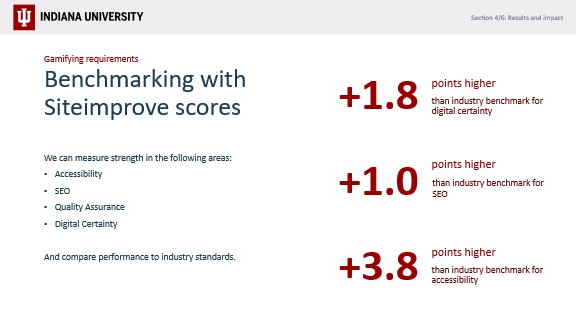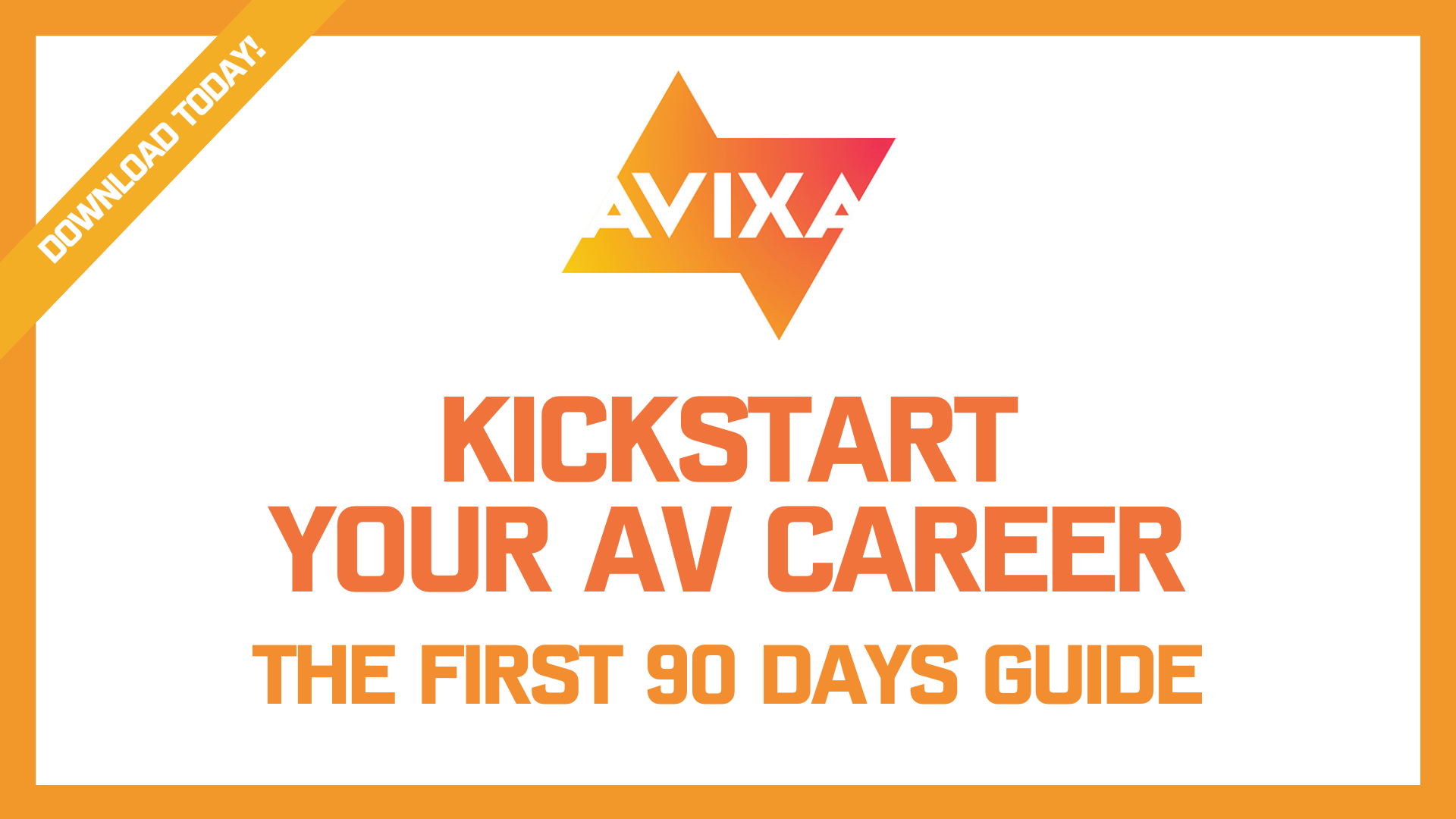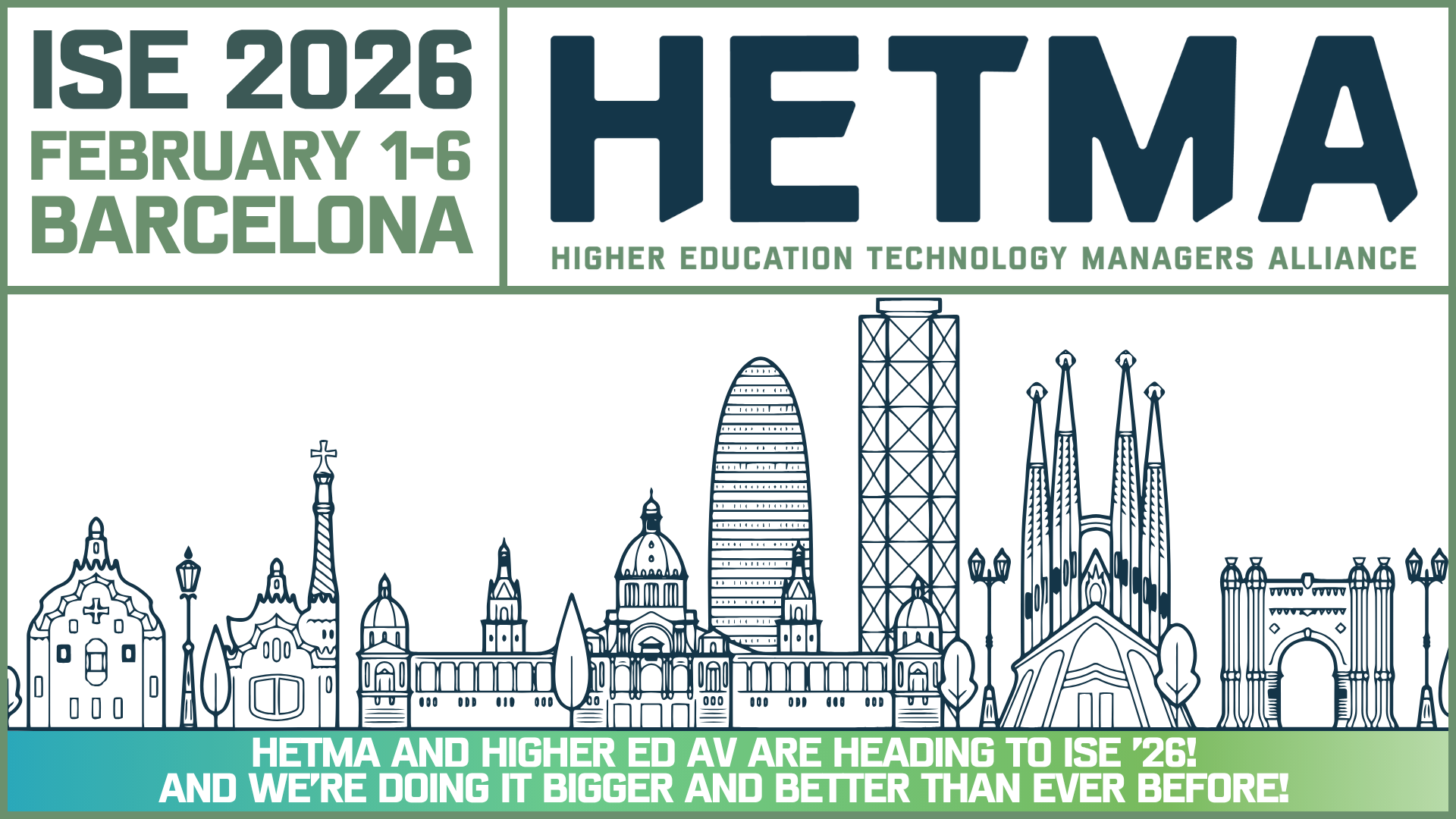
Introduction
The HETMA Nashville Roadshow at Vanderbilt University was more than a showcase of technology! It was a journey through history and a glimpse into the future of learning spaces. Hosted in the Mayborn building, attendees also explored Peabody Hall’s modular AV designs that tackled global supply chain challenges. The campus demonstrates how tradition and innovation can coexist. These insights carried forward to EDUCAUSE, where conversations on accessibility, AI, and instructional design are shaping the next era of higher education.
Historic Foundations: Peabody Hall

Peabody Hall: A historic cornerstone of Vanderbilt’s academic legacy, now equipped for modern learning.
BC Hatchett led attendees through Peabody Hall, sharing its architectural significance and the university’s commitment to preserving heritage while embracing cutting-edge AV solutions. This balance of old and new sets the tone for Vanderbilt’s approach to classroom design.
Modular Design for Resilience

Modular AV systems allow Vanderbilt to pivot between vendors, ensuring continuity during chip shortages.
Global chip shortages forced institutions to rethink procurement strategies. Vanderbilt responded with a modular design philosophy—creating classrooms that can seamlessly migrate from Vendor A to Vendor B without disrupting instruction. This approach ensures flexibility, scalability, and long-term sustainability.
Acoustic and Minimalist Enhancements

Sound-damping panels and single-cable setups streamline faculty workflows and improve audio clarity.
Many classrooms now feature sound-damping panels for improved acoustics. Some spaces are computer-less, offering a single cable for faculty connection—a minimalist design that reduces complexity and enhances usability.
AVer Wireless Document Camera

AVer’s wireless document camera bridges physical and digital teaching, ideal for hybrid workflows.
The doc cam device enables faculty to capture handwriting in both physical and digital domains, supporting studio-based teaching and asynchronous content creation. An interesting use case of loaning out equipment or having another pair of lenses in the studio!
EDUCAUSE Connections
Ryan Gray’s Poster Session – “More Than a Renovation”
Ryan Gray emphasized that learning space upgrades should go beyond aesthetics. His session focused on aligning AV design with pedagogy, creating flexible environments, and leveraging technology for accessibility.

Ryan Gray’s poster for the presentation.
Larry Tumblin Poster Session – “How Ohio University Is Bridging the Gap Between High School and Higher Ed”

Poster from Ohio University
HETMA is proud to see our members joining together and advocating for the approved equipment. Larry was inspired by attending The Ohio Roadshow where we met with HETMA approved vendors. He is working to bridge the gap between K-12 distance learning programs and Ohio University. The Logitech Rally Bar allows these local schools to connect with university faculty for coursework with the College Credit Plus Program.
Lunch and Learn Highlights
There were numerous lunch-and-learns throughout the event that provided valuable opportunities to connect and learn.
Turnitin
Discussing approaches to academic integrity and the implementation of AI detection tools. The Turnitin session stood out because it encouraged small group conversations among table members; I appreciated being able to engage directly with vendors and university stakeholders about AI in the context of academic integrity. These informal discussions felt genuine rather than promotional, and I established connections as well as arranged follow-ups.
SiteImprove.AI Case Study (Indiana University):
The Indiana University case study is particularly compelling because IU is a large institution with numerous divisions and thousands of websites that must comply with digital accessibility laws. If such a complex organization can successfully manage these challenges, smaller institutions can adopt similar strategies with confidence. This example illustrates how universities can function as public goods, providing accessible and consistent digital experiences for all users.
Key actions taken by IU include:
- Consultation support for twelve university websites to ensure compliance and usability
- Development and enforcement of website governance policies to maintain standards across divisions
- Enhancement of digital accessibility and institutional branding, creating a unified and inclusive online presence
- Implementation of Site Build templates within IU’s CMS, ensuring design consistency and ease of maintenance

AI in Higher Education
UT Verse – University of Tennessee’s In-House AI System
UT introduced UT Verse, an institution-controlled AI platform intended to support teaching and learning.
Smart Prompt Feature: Provides instruction to students on composing prompts for generative AI.
Reply Suggestions and Thematic Frameworks: Guides responses using thematic question frameworks to promote structured thinking.
Future Potential: Is designed to align with Copilot’s capabilities for developing custom agents that facilitate prompt engineering and structured workflows.
It’s interesting to observe universities rolling out in-house AI platforms, much like how in-house integrators develop and manage AV systems. I’m eager to see how sustainable these initiatives will be and what future iterations might offer in the next five years.
Looking Ahead
Single Pane of Glass
Vanderbilt’s next goal is a unified control interface—a single pane of glass for managing AV systems. This promises simplicity, accessibility, and centralized management.
Denver EDUCAUSE Conference Preview
Expect sessions on modular AV design, accessibility, and AI-driven teaching tools that will define the next generation of learning spaces.
Voices from EDUCAUSE:
Tonya Bennett (University of Pennsylvania) and Jonathan Hardy (Villanova University) led the session “Digging Below the Surface: Planting Seeds for Our Future by Fostering Authentic Community.” They emphasized that building authentic community is crucial for lasting change in higher education technology.
Beyond Committees: Community should go beyond temporary governance groups to become part of institutional culture.
Decolonized Mindset: Speakers advocated for flattening hierarchies and empowering diverse voices in inclusive spaces.
Strategic Impact: Villanova’s approach embeds community-building in digital strategy and operations.
Practical Steps: Build trust with shared decisions, align technology with values, and use feedback for improvement.
Culture Before Tools: Tech transformation works best when driven by people and culture first.
Their session reinforced a theme echoed throughout EDUCAUSE: innovation in AV and digital strategy starts with authentic relationships and intentional collaboration.
Reflections and Takeaways
The Vanderbilt Roadshow and EDUCAUSE discussions highlight an ongoing focus on developing adaptable, inclusive, and forward-looking learning environments. For AV teams, approaches include adopting modular designs and engaging with groups such as HETMA and EDUCAUSE to support innovation.
Recommended Websites
HETMA HETMA is free and always will be. Join us on our Road to 10k as we expand our membership to 10,000 participants and help shape the future of higher ed.





![brAVe [space] podcast](https://higheredav.com/wp-content/uploads/2025/11/Brave-Space-Hero-Graphic-160x100.png)
![brAVe [space] podcast](https://higheredav.com/wp-content/uploads/2025/11/Brave-Space-Hero-Graphic.png)

